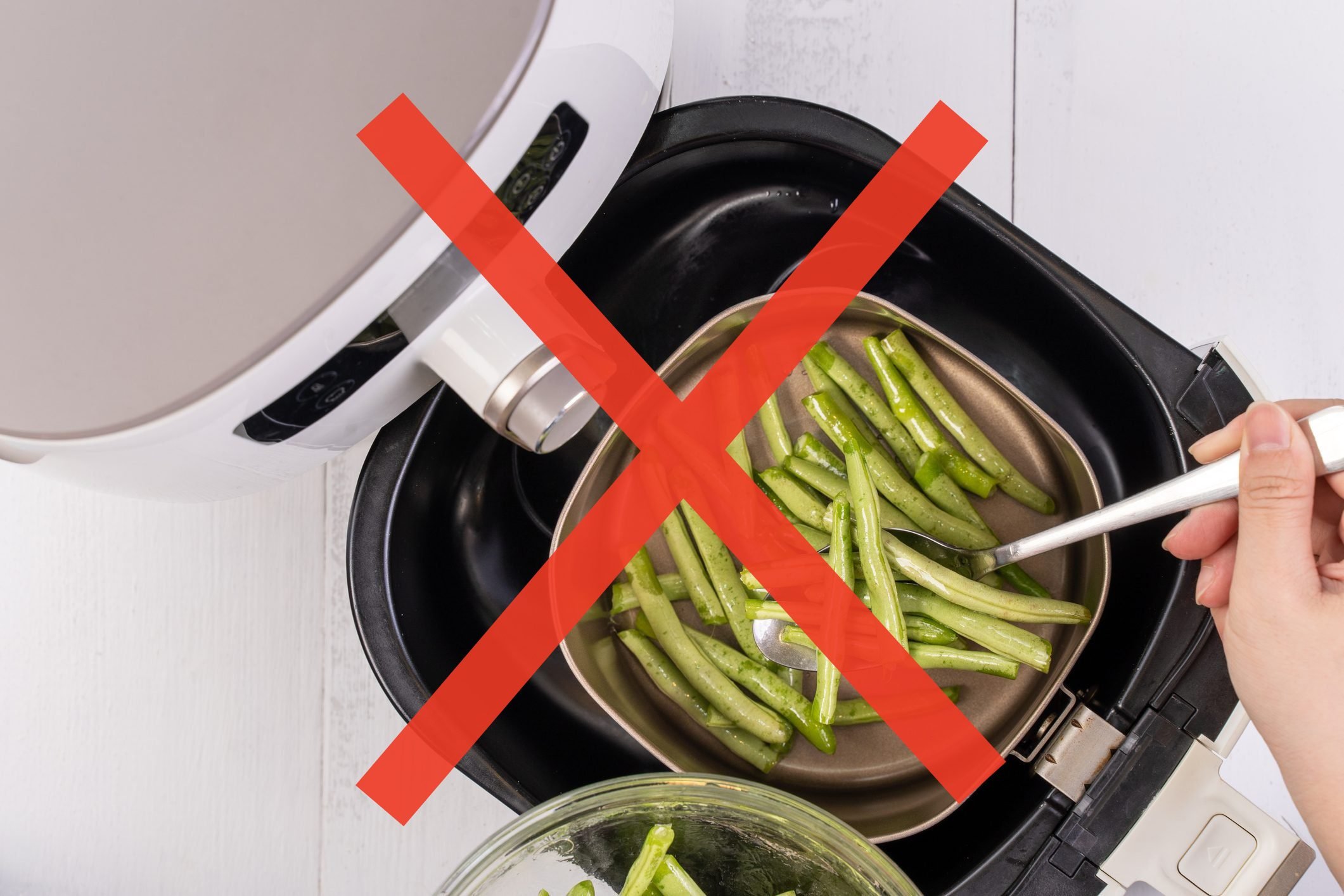

Articles
What Can You Not Put In An Air Fryer
Modified: January 18, 2024
Discover what articles you should avoid putting in an air fryer. Find out the top items that cannot be cooked using this trendy kitchen appliance.
(Many of the links in this article redirect to a specific reviewed product. Your purchase of these products through affiliate links helps to generate commission for Storables.com, at no extra cost. Learn more)
Introduction
Welcome to the world of air fryers, where delicious crispy foods are achieved with little to no oil. Air fryers have become increasingly popular in recent years, with many people embracing this cooking appliance as a healthier alternative to deep frying.
However, there are certain misconceptions and questions surrounding air fryers, particularly when it comes to what can and cannot be cooked in them. It’s important to understand the limitations and guidelines of using an air fryer to ensure optimal results and safety.
In this article, we will debunk common myths about air fryers and provide a comprehensive guide on what items you should avoid putting in an air fryer. By the end, you’ll have a clear understanding of the do’s and don’ts of air frying, allowing you to make the most out of this versatile kitchen appliance.
Key Takeaways:
- Avoid placing liquids, wet batters, delicate foods, grease drips, plastic-wrapped items, aluminum foil, and seasoning directly in an air fryer to ensure safe and optimal cooking results.
- Opt for dry or lightly-coated ingredients, use drip trays, and apply seasonings before cooking to enjoy delicious and crispy foods while maintaining the longevity of your air fryer.
Read more: What All Can You Cook In An Air Fryer
Common Misconceptions About Air Fryers
When it comes to air fryers, there are several misconceptions that often lead to confusion. Let’s debunk some of the most common myths:
- They fry food with air: Despite the name, air fryers do not actually fry food. Instead, they use a powerful fan to circulate hot air around the food, creating a crisp texture. This method is often referred to as “air frying,” but it’s important to note that it’s not the same as traditional frying in oil.
- They can be used for all types of cooking: While air fryers are versatile appliances, they have limitations. They excel at cooking foods that are typically fried, such as french fries, chicken wings, and onion rings. However, they may not deliver the same results for other cooking methods like boiling or steaming.
- They are a healthier alternative to deep frying: While air fryers do require less oil than traditional deep frying, it doesn’t automatically make the food healthier. The nutritional value of the food you cook largely depends on the ingredients and the cooking process itself. It’s still important to practice moderation and choose healthier options when using an air fryer.
- They cook food faster than conventional ovens: While air fryers do cook food relatively quickly, they may not always be faster than a regular oven. Cooking times can vary based on the size and thickness of the food. It’s always recommended to follow the recipe instructions and use a food thermometer to ensure food is cooked thoroughly.
By clarifying these misconceptions, we can now delve into the specifics of what should and should not be placed in an air fryer for optimum results and safety.
Understanding How Air Fryers Work
To understand what can and cannot be cooked in an air fryer, it’s important to have a basic understanding of how these appliances work. Air fryers utilize hot air circulation to cook food, providing a crispy texture without the need for excessive oil.
The main components of an air fryer are a heating element and a high-powered fan. When you set the desired temperature, the heating element rapidly heats up the air inside the appliance. The fan then circulates the hot air at high speeds, effectively cooking the food from all angles.
This cooking method creates a Maillard reaction, a chemical reaction between amino acids and sugars that occurs at high temperatures. This reaction is responsible for the golden-brown color and delicious flavor that we associate with fried foods.
By using a minimal amount of oil, usually just a light coating on the food’s surface, the hot air in the air fryer can create a crispy exterior while maintaining a juicy interior. This makes air frying a healthier alternative to deep frying, as it significantly reduces the calorie and fat content of the food.
However, it’s important to note that air fryers work best with foods that have a relatively dry surface or foods that can easily form a dry coating. Wet or moist foods may not achieve the desired crispy texture and may even result in uneven cooking or soggy outcomes. That’s why certain items should be avoided when using an air fryer.
Now that we have a solid understanding of how air fryers operate, let’s explore the items that should never be put in an air fryer to ensure optimal cooking results and safe usage.
The Importance of Proper Usage and Safety Precautions
When it comes to using an air fryer, it’s crucial to follow proper usage guidelines and safety precautions. This not only ensures that your food is cooked to perfection but also helps prevent accidents and maintain the longevity of your appliance.
Here are some important considerations to keep in mind:
- Read the instruction manual: Before using your air fryer, take the time to carefully read the instruction manual provided by the manufacturer. This will familiarize you with the specific features, settings, and limitations of your particular model. It will also provide important safety information that you need to be aware of.
- Preheat the air fryer: Just like with a conventional oven, preheating your air fryer is important for even cooking and optimal results. Most air fryers have a preheat function that heats the appliance to the desired temperature before you place the food inside. Follow the recommended preheating time in the instruction manual for best results.
- Avoid overcrowding: To ensure that the air circulates properly and cooks your food evenly, avoid overcrowding the air fryer basket. Leave enough space for the hot air to flow around each piece of food. If necessary, cook in multiple batches to achieve the desired outcome.
- Use oven mitts and proper utensils: Air fryers can get hot during operation, so always use oven mitts or heat-resistant gloves when handling the basket or removing the food. Additionally, use appropriate utensils such as tongs or spatulas to turn or remove the food from the fryer.
- Clean and maintain the appliance: Regular cleaning and maintenance are essential for the longevity and performance of your air fryer. Follow the manufacturer’s instructions for cleaning the basket, removable parts, and exterior of the appliance. Ensure it has cooled down completely before cleaning and always unplug it from the power source.
By adhering to these usage guidelines and safety precautions, you can enjoy the benefits of air fryer cooking while ensuring a safe and efficient cooking experience. Now, let’s explore specific items that should never be placed in an air fryer.
Items That Should Never Be Put in an Air Fryer
While air fryers are versatile kitchen appliances, there are certain items that should never be placed inside them. It’s essential to understand these limitations to avoid damaging your air fryer and to ensure both safety and optimal cooking results.
- Liquids and Wet Batter: Air fryers are not designed to handle liquids or wet batters. Placing liquids or foods with excessive moisture directly in the fryer can cause splattering, create a mess, and potentially damage the appliance. Instead, opt for dry or lightly-coated ingredients when using an air fryer.
- Delicate Foods and Foods with Loose Breading: Air fryers use rapid air circulation, which can cause delicate foods or foods with loose breading to be blown around and become damaged or unevenly cooked. Items such as small fish fillets, fragile vegetables, or foods with loose coatings are best cooked using other methods.
- Grease and Oil Drips: While air fryers require less oil than deep fryers, certain fatty foods can release excess grease or oil during the cooking process. It’s important to avoid placing foods with excessive fat content, such as sausages or highly marbled meats, directly in the air fryer. Instead, use a drip tray or line the basket with aluminum foil to catch any drips.
- Foods Wrapped in Plastic: Plastic materials, including plastic bags or wrappers, should never be placed in an air fryer. The high temperatures inside the fryer can cause plastic to melt, releasing harmful chemicals and posing a fire hazard. Always check that your food is free from any plastic packaging before placing it in the air fryer.
- Aluminum Foil and Other Metal Items: While some air fryers may come with specific accessories that are safe to use, it’s generally advised not to place aluminum foil or any other metal items directly in the fryer. Metal can interfere with the airflow inside the appliance and potentially damage the heating element or fan. If necessary, use oven-safe dishes or pans made of suitable materials.
- Seasoning and Powdered Ingredients: Seasonings or powdered ingredients, such as dry rubs or spice blends, should not be placed directly in the air fryer. These ingredients can become airborne and may clog the air fryer’s fan or heating element. Instead, apply seasonings or powders to the food before placing it in the fryer, or use a light spray of oil to help them adhere.
By avoiding these items and following the proper usage guidelines, you’ll be able to enjoy safe and delicious air-fried creations with your appliance. Be sure to consult the manufacturer’s instructions for any specific items to avoid with your particular air fryer model.
Now that we have covered what should not be put in an air fryer, let’s conclude our guide.
Liquids and Wet Batter
One of the most important things to remember when using an air fryer is to avoid putting liquids and wet batter directly into the appliance. Air fryers are designed to circulate hot air to cook food, making them ideal for achieving a crispy texture with minimal oil. However, liquids and wet batters can interfere with this cooking process and lead to unsatisfactory results.
When liquids or wet batters are placed in an air fryer, they can splatter, create a mess, and potentially damage the appliance. The hot air circulation can cause the liquids to evaporate rapidly, leading to excessive steam production and an increased risk of splattering. This can not only affect the cooking process but also pose a safety hazard if the liquid contacts the heating element or fan.
Instead of using liquids or wet batters, it’s best to opt for dry or lightly-coated ingredients when air frying. Foods like breaded or lightly-floured items tend to work well in an air fryer, as they can form a dry and crisp coating during the cooking process.
If you want to add some moisture to your air-fried dishes, consider using a spray bottle to lightly mist the food with a small amount of oil or liquid seasoning. This will help the food achieve a golden-brown and crispy exterior without introducing excessive moisture that can disrupt the air frying process.
It’s also important to note that if you’re using a batter or marinade for your food, it’s generally recommended to pat the ingredients dry before placing them in the air fryer. Excess moisture can interfere with the cooking process, prevent the desired crispness from forming, and result in a soggy end product.
By avoiding liquids and wet batters in your air fryer, you’ll be able to maintain the optimal cooking environment and achieve the delicious crispy results that air frying is known for.
In the following sections, we’ll explore other items that should not be placed in an air fryer to ensure safe and efficient usage of this kitchen appliance.
Do not put anything with a wet batter or liquid in an air fryer, as it can cause a mess and affect the cooking process. Stick to dry coatings or breading for best results.
Delicate Foods and Foods with Loose Breading
Air fryers are excellent for cooking a wide range of foods, but delicate items and those with loose breading should be avoided when using this appliance. The rapid airflow and high heat inside an air fryer can cause these types of foods to become damaged or end up with unevenly cooked results.
Delicate foods such as small fish fillets, fragile vegetables like asparagus or thinly sliced zucchini, or foods with loose coatings can easily be blown around by the powerful air circulation in the fryer. This can result in a messy and unevenly cooked outcome.
To achieve the best results with delicate foods, consider alternative cooking methods such as sautéing, baking, or steaming. These methods will allow you to maintain more control over the cooking process and prevent your delicate ingredients from being damaged or overcooked.
Foods with loose breading, such as certain types of frozen or pre-packaged foods, should also be approached with caution. The forceful air blowing within the fryer can cause the loose breading to become dislodged or scattered around, leading to unevenly coated and less appealing results.
If you’re craving a crispy coating on your foods, it’s generally best to use a more substantial breading that will adhere well to the ingredients during the air frying process. Opt for bread crumbs, panko, or other similar coatings that can form a solid and cohesive crust on your food items, ensuring even browning and crunchiness.
Remember, when air frying delicate foods or those with loose breading, it’s better to err on the side of caution and choose an alternative cooking method. This way, you can enjoy perfectly cooked and intact dishes without the risk of them getting damaged or ending up with undesirable textures.
In the next section, we’ll discuss another important item that should never be put in an air fryer to ensure both safety and the longevity of your appliance.
Grease and Oil Drips
When using an air fryer, it’s essential to be mindful of the potential for grease and oil drips during the cooking process. While air fryers require less oil than traditional deep frying, certain foods can still release excess grease or oil as they cook. It’s important to take precautions to prevent these drips and ensure safe and efficient usage of your air fryer.
Foods with high fat content, such as sausages, fatty cuts of meat, or marinated dishes, have the potential to release excess grease or oil when cooked in an air fryer. If these drippings come into contact with the heating element or fan of the appliance, they can cause smoking, burning smells, or even pose a fire hazard.
To prevent this, it’s advisable to use a drip tray or line the bottom of the air fryer basket with aluminum foil. The tray or foil will help to catch any excess grease or oil that drips down during cooking, preventing it from reaching the heating element or fan. Just remember to dispose of the foil properly and ensure that it doesn’t obstruct the airflow within the fryer.
Additionally, regularly cleaning the air fryer and removing any accumulated grease or oil residue is crucial. This helps to prevent the buildup of flammable materials and maintains the performance and longevity of your appliance.
It’s worth noting that while some air fryer models have a built-in mechanism to collect excess grease, it’s always a good practice to be cautious and take the necessary precautions to avoid any potential issues.
By being attentive to grease and oil drips, using a drip tray or foil, and maintaining a clean air fryer, you can confidently enjoy your air-fried meals with peace of mind.
In the next section, we’ll discuss another item that should be avoided in an air fryer to ensure safe and effective usage.
Foods Wrapped in Plastic
One item that should never find its way into an air fryer is foods wrapped in plastic. Placing plastic-wrapped foods in an air fryer can have serious consequences and should be avoided at all costs.
When exposed to high heat, plastic can melt and release harmful chemicals into the air. This not only poses health risks but also presents a fire hazard. The intense heat generated inside an air fryer can cause the plastic wrap to ignite, leading to a potentially dangerous situation.
Before placing any food in an air fryer, always ensure that it is free from any plastic packaging. Take the time to unwrap or transfer your food to an appropriate container before placing it in the fryer. This simple precaution can prevent accidents and keep your air fryer functioning properly.
If you are reheating leftovers that are in a plastic container or have been wrapped in plastic, it’s crucial to transfer the food to a microwave-safe or oven-safe dish before using the air fryer. This way, you can avoid any adverse effects and ensure the safety of your dish and appliance.
Remember, the heat and circulating air in an air fryer are designed to cook food, not melt or ignite plastic materials. Protect yourself, your kitchen, and your air fryer by always double-checking that your food is free from plastic before using this appliance.
Next, we’ll discuss another item that should not be placed in an air fryer due to the potential risks it poses.
Read more: What Can You Put In A Steam Mop
Aluminum Foil and Other Metal Items
When using an air fryer, it’s important to refrain from placing aluminum foil or other metal items directly inside the appliance. While aluminum foil is commonly used in the oven or grill, its presence in an air fryer can pose risks and potentially damage both the food being cooked and the fryer itself.
The intense heat generated by an air fryer can cause aluminum foil to react and disrupt the airflow within the appliance. This interference can result in uneven cooking and potentially damage the heating element or fan. Additionally, using aluminum foil may block the heat from reaching the food properly, leading to less desirable cooking outcomes.
If you need to cover your food, it’s best to use a heat-resistant and air-permeable alternative like parchment paper. Parchment paper allows the hot air to circulate around the food while providing a non-stick surface.
It’s also important to remember that other metal items, such as metal skewers or utensils, should not be placed directly in the air fryer. These items can interfere with the airflow and heating process, potentially causing damage and affecting the cooking results.
If you need to use metal utensils to flip or remove food from the air fryer, ensure that they are only in contact with the food and not with the heating element or any other sensitive parts of the appliance. Additionally, be cautious of accidentally scratching the non-stick coating of the air fryer basket, as this can compromise its performance and longevity.
By avoiding aluminum foil and any other metal items in the air fryer, you can cook your food safely and effectively while protecting your appliance from potential damage.
Lastly, in the following section, we’ll discuss another item that may negatively impact the performance and cooking results of your air fryer.
Seasoning and Powdered Ingredients
When using an air fryer, it’s best to avoid placing seasoning and powdered ingredients directly into the appliance. While it may be tempting to sprinkle seasoning or coat your food with powdered ingredients before air frying, doing so can have unintended consequences and compromise the performance of your air fryer.
The powerful airflow within an air fryer can blow away loose seasoning and powdered ingredients, causing them to scatter throughout the appliance. This can lead to clogged air vents or interference with the fan and heating element, potentially affecting the cooking process and even damaging the appliance.
To prevent this, it’s recommended to apply seasoning and powdered ingredients to your food before placing it in the air fryer. This allows the ingredients to adhere to the surface of the food, providing flavor and enhancing the overall taste without causing any disruptions to the cooking process.
If you prefer to use powdered seasonings or coatings, such as dry rubs or breadcrumb mixtures, ensure that they are well-incorporated into a binding agent, such as egg or oil, to form a solid coating on the food. This will help to prevent the powders from becoming airborne and causing issues within the air fryer.
By applying seasoning and powdered ingredients prior to air frying, you can still achieve deliciously seasoned and flavorful results without compromising the performance or cleanliness of your air fryer.
Now that we have covered the items that should be avoided in an air fryer, let’s summarize the key takeaways.
Conclusion
Air fryers have revolutionized the way we cook, offering a healthier alternative to traditional deep frying. However, it’s important to understand the limitations and guidelines of air frying to ensure safe and optimal cooking results. By avoiding certain items in your air fryer, you can enjoy delicious and crispy foods while maintaining the longevity of your appliance.
We debunked common misconceptions about air fryers, clarifying that they don’t actually fry food with air and that they have specific uses for cooking certain types of foods. We also emphasized the importance of proper usage and safety precautions, including reading the instruction manual, preheating the air fryer, and avoiding overcrowding.
Items that should never be put in an air fryer include liquids and wet batters, delicate foods, foods with loose breading, grease and oil drips, foods wrapped in plastic, aluminum foil, and other metal items, as well as seasoning and powdered ingredients directly in the fryer.
By following these guidelines, you can ensure the safety and effectiveness of your air fryer. Instead, opt for dry or lightly-coated ingredients, avoid excessive grease or oil, transfer plastic-wrapped foods to suitable containers, use alternative methods for delicate foods or loose breading, and apply seasonings and powders prior to cooking.
Remember, an air fryer is a versatile and convenient kitchen appliance, but it’s important to use it correctly and be mindful of the items you put inside. By doing so, you can enjoy the benefits of air frying and create delicious meals with crispy textures while keeping yourself and your appliance safe.
So, experiment with different recipes, get creative, and enjoy the wonders of air frying while being mindful of what goes into your air fryer. Happy cooking!
Frequently Asked Questions about What Can You Not Put In An Air Fryer
Was this page helpful?
At Storables.com, we guarantee accurate and reliable information. Our content, validated by Expert Board Contributors, is crafted following stringent Editorial Policies. We're committed to providing you with well-researched, expert-backed insights for all your informational needs.
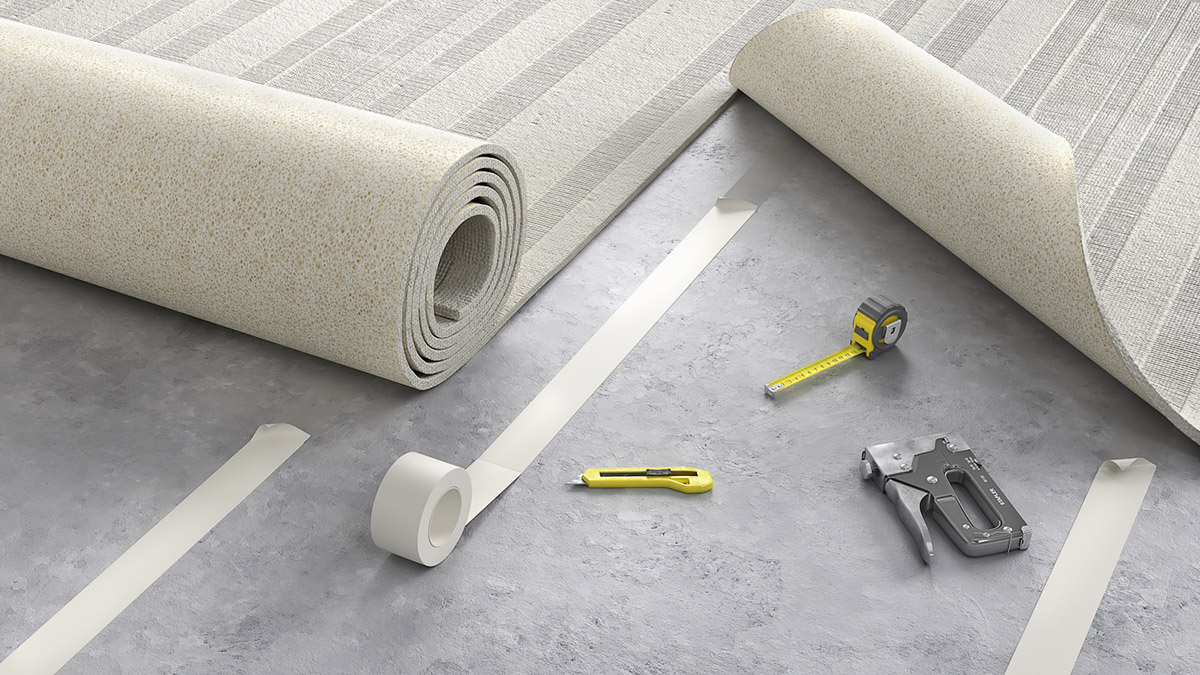
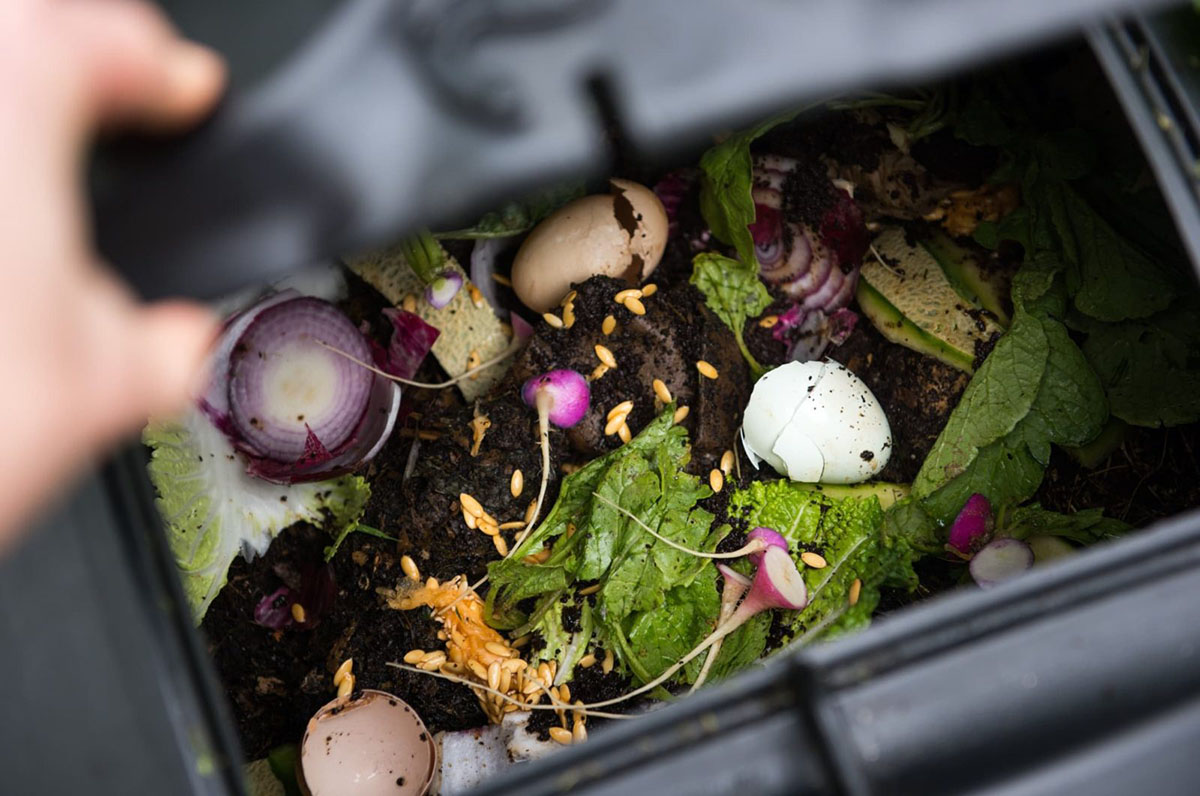


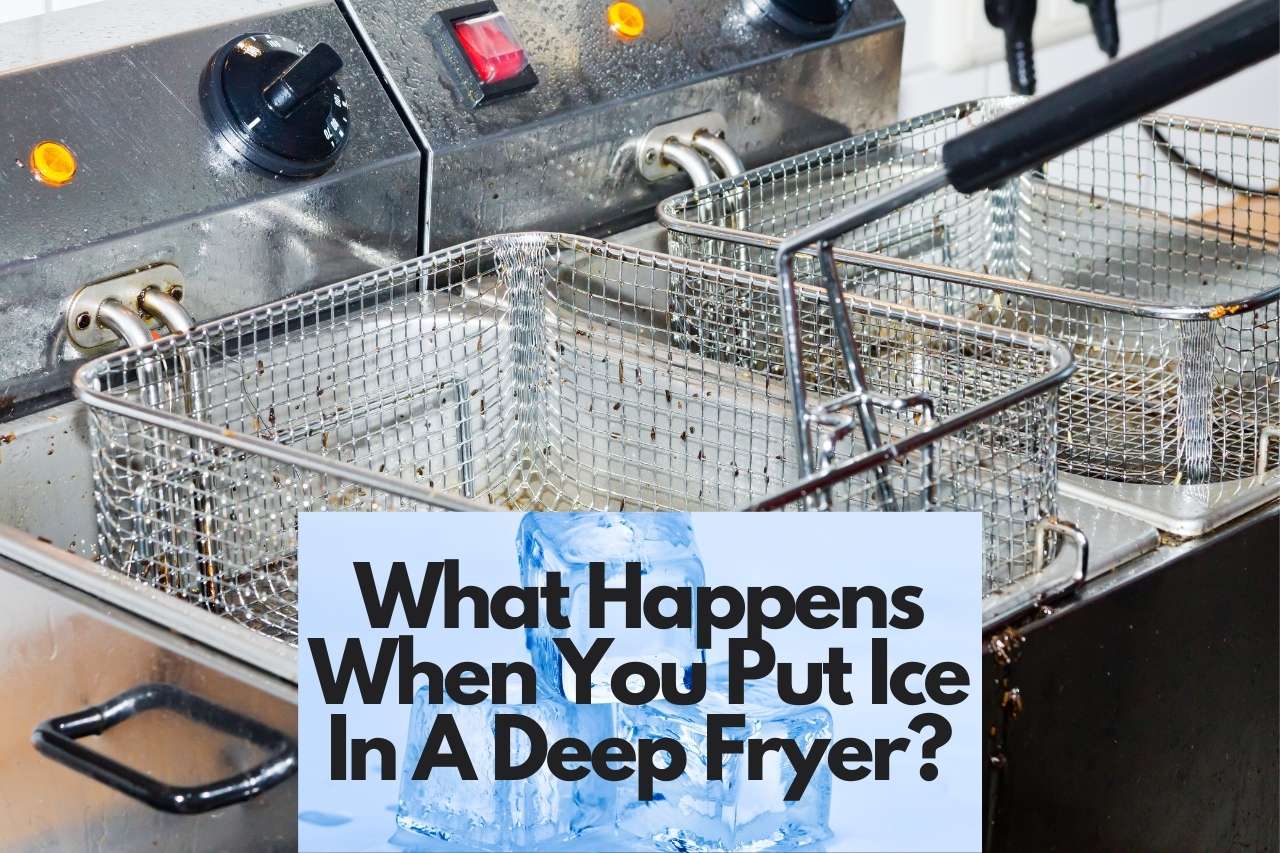

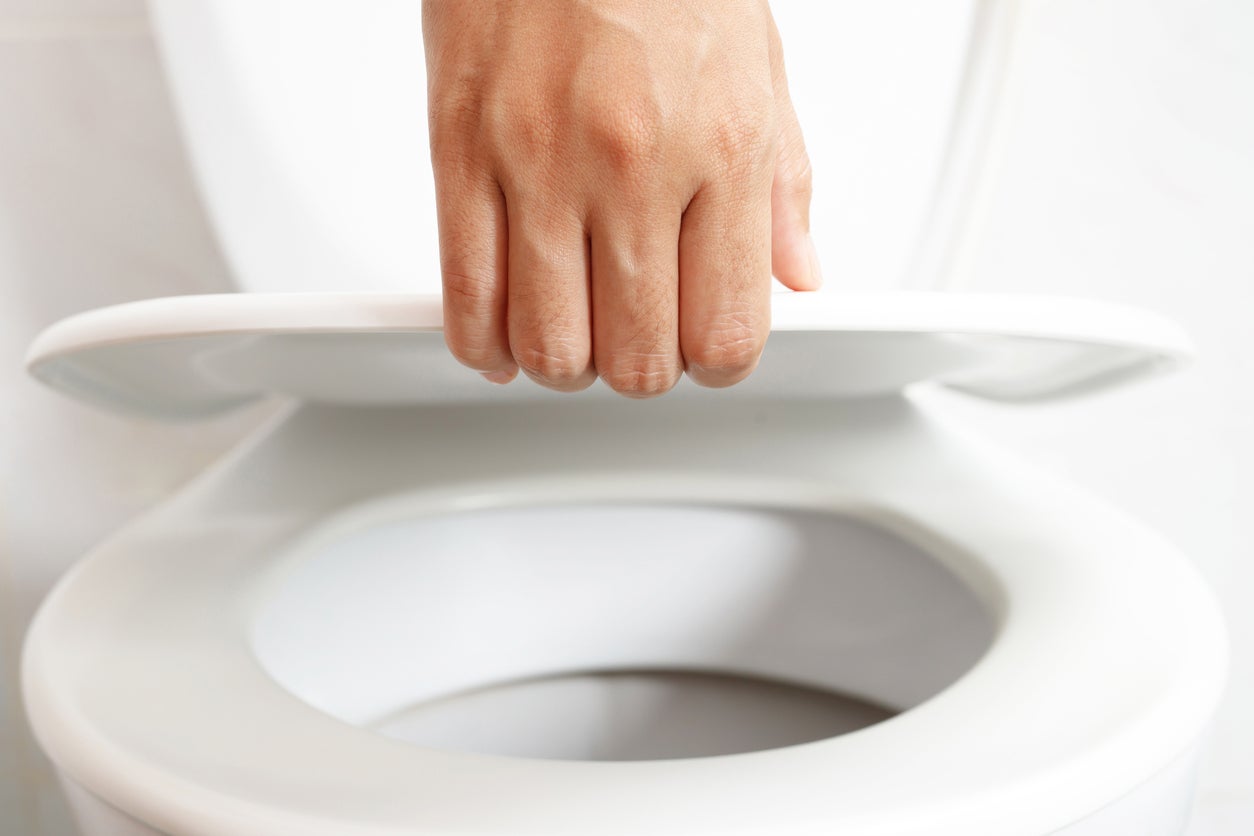
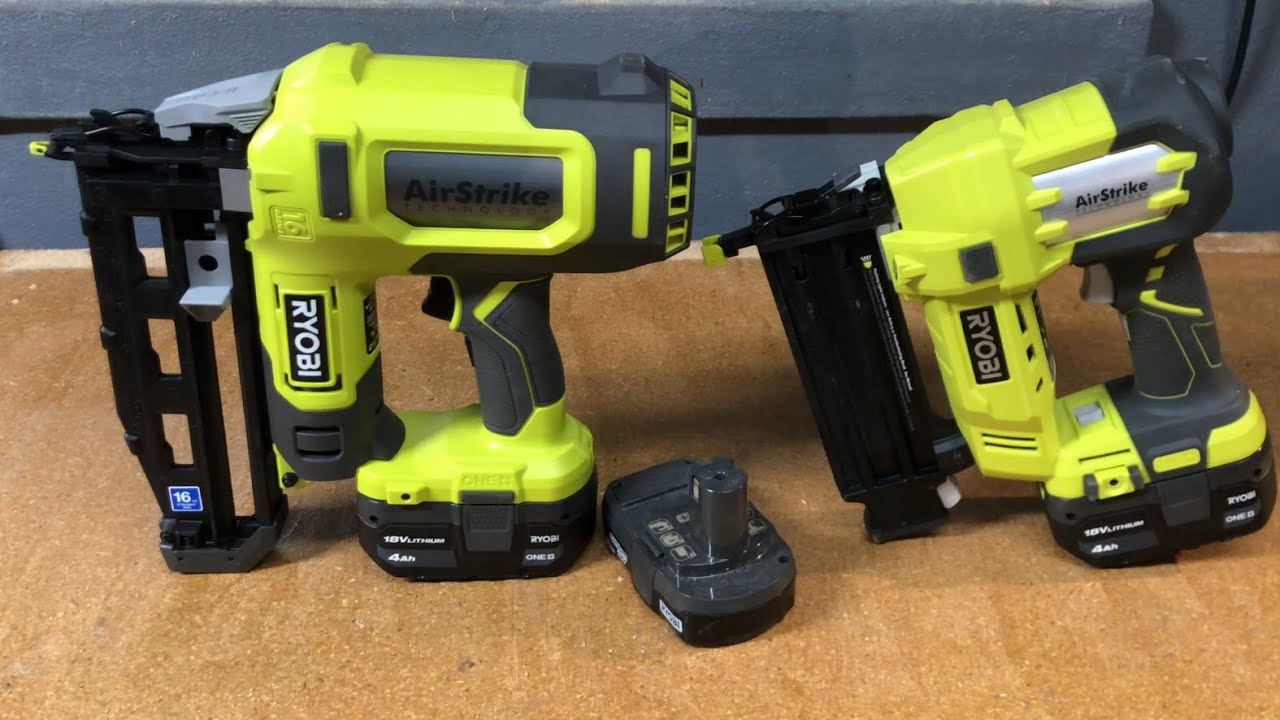
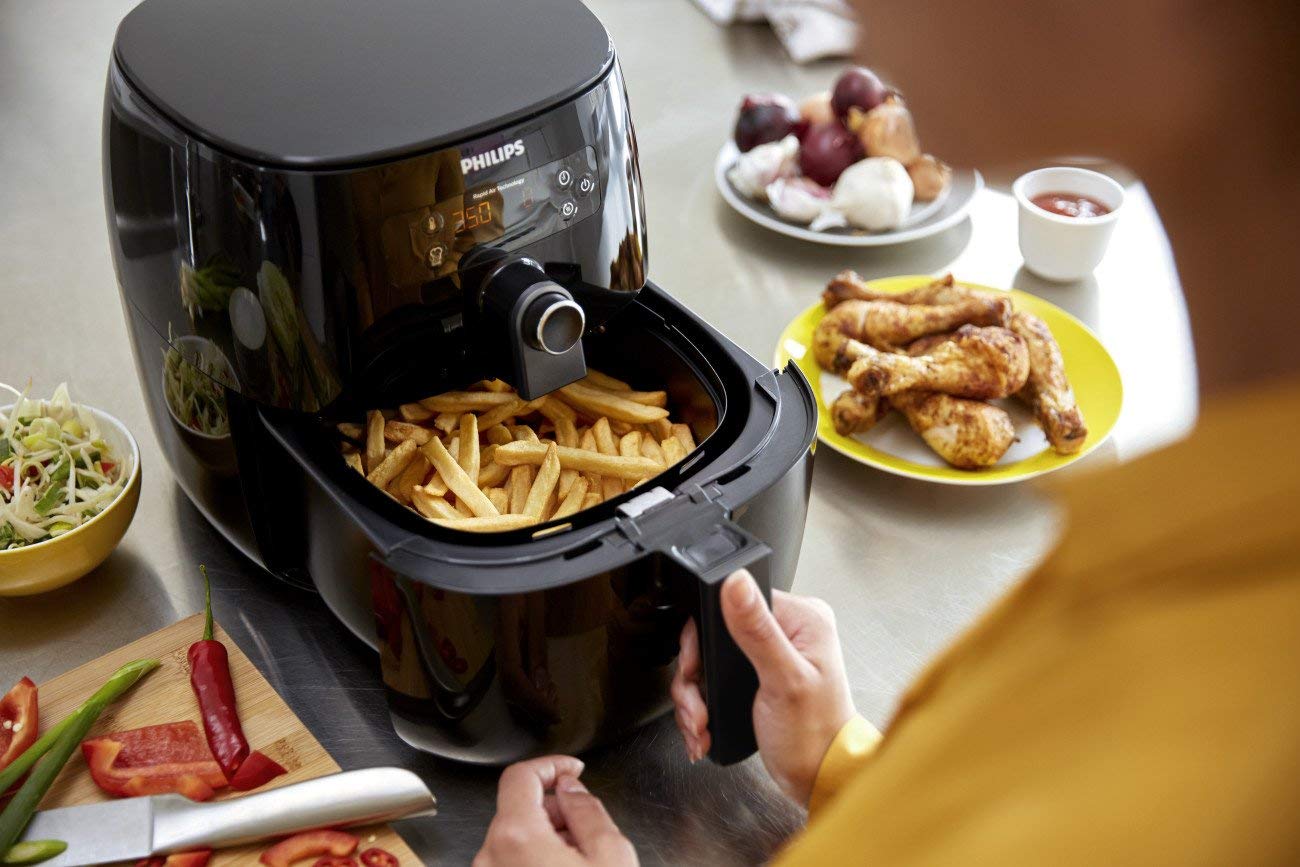

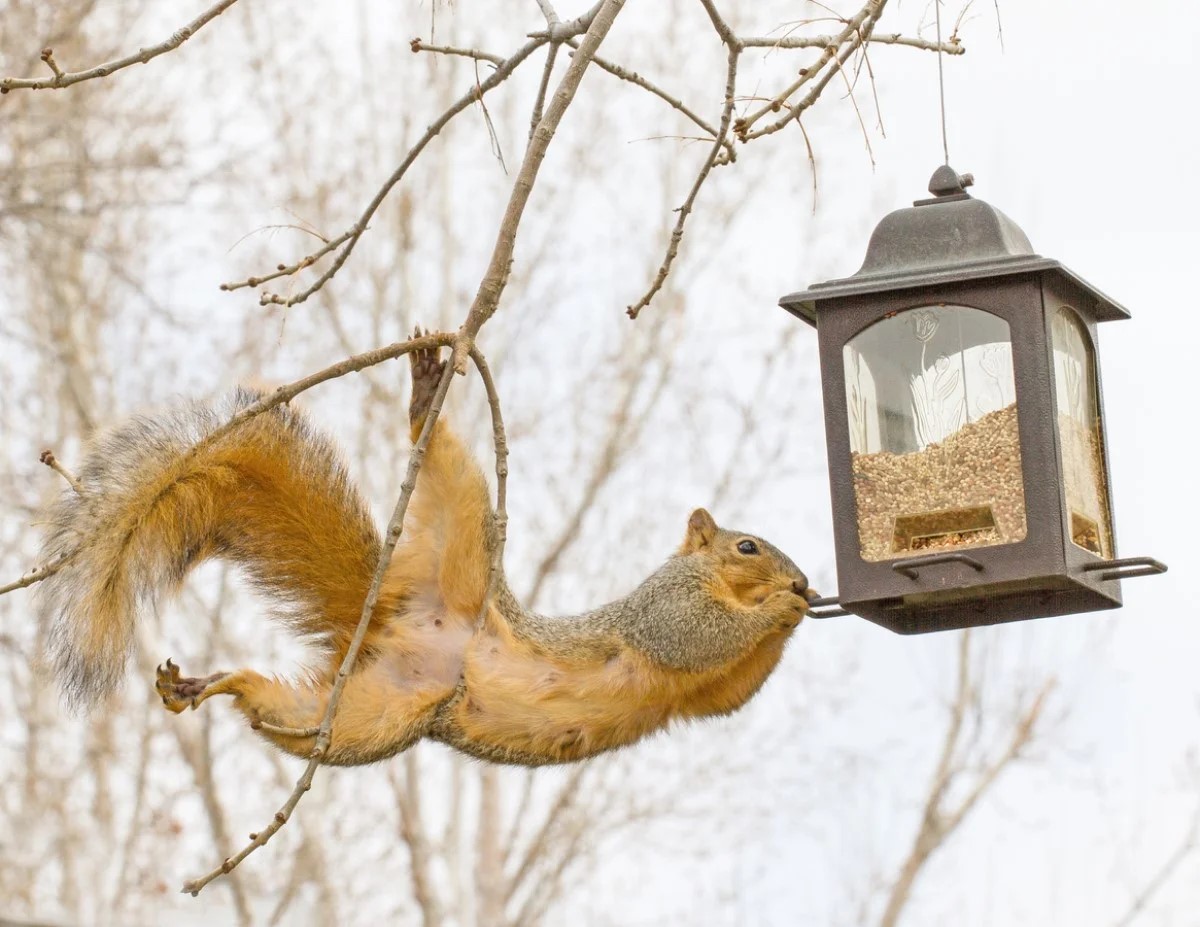
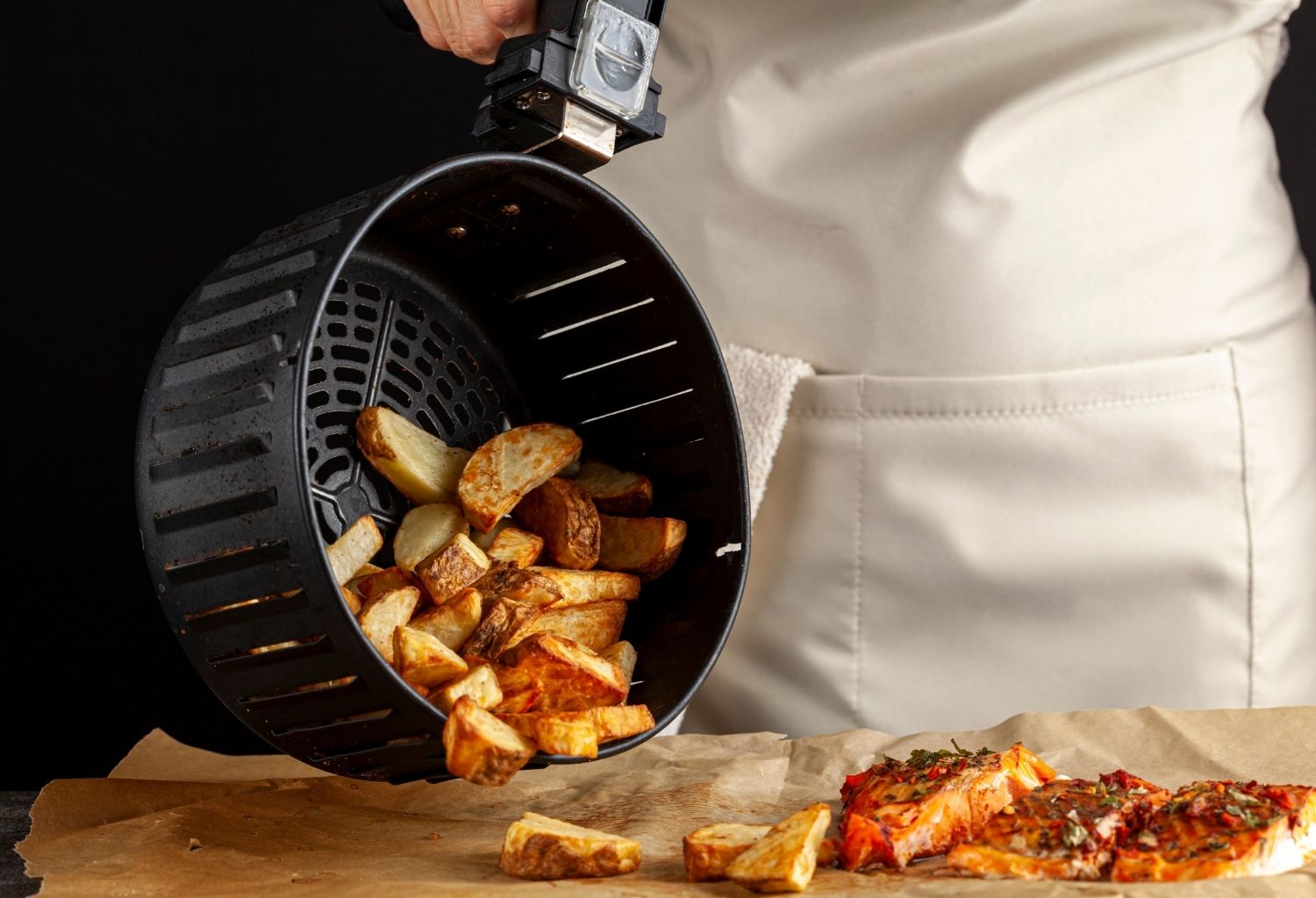
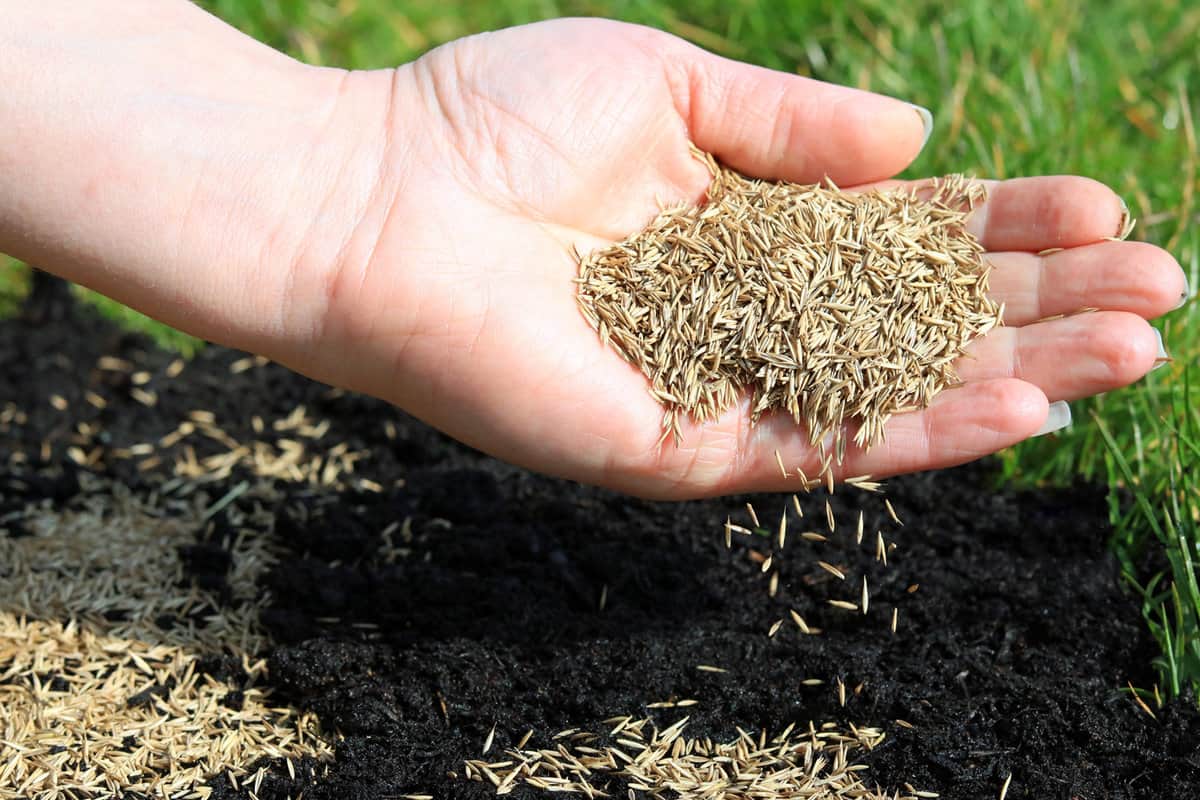

0 thoughts on “What Can You Not Put In An Air Fryer”